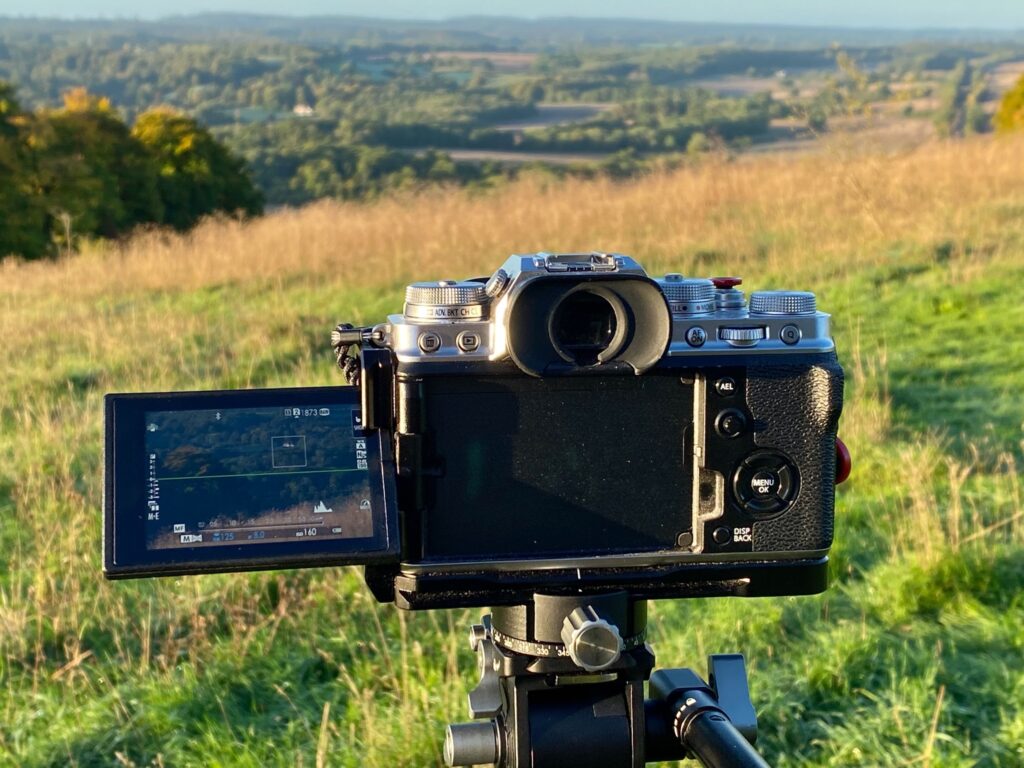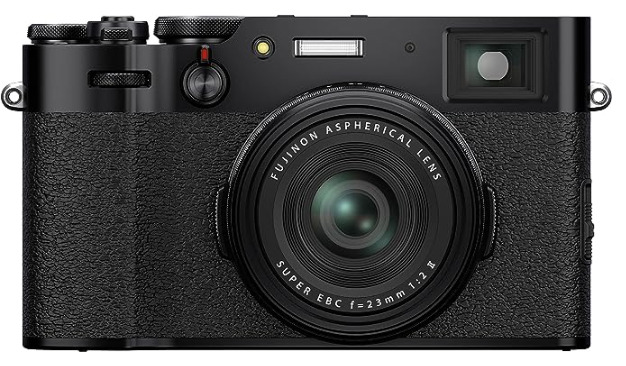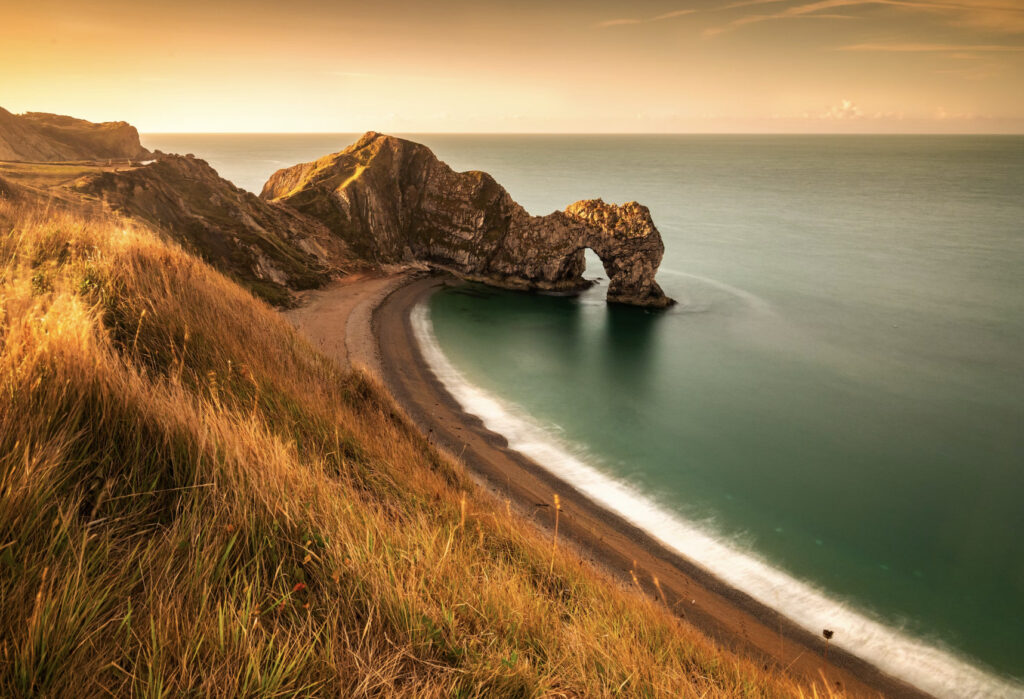Night sky photography is a slightly difficult one and takes a lot of patience and practice to master. In order to capture beautiful pictures and to get it done well, the photographer needs the right gear and accessories to produce the best results.
In might sky or astrophotography, the light is very limited and so the camera used, needs to perform well in very low light situations. This means, when we use high iso values, the resulting image needs to have very less noise because otherwise the image will become unusable.
There are many cameras in the market that perform well in low light situations and in this article, we will take a look at some of the best cameras for night sky photography.
Our Winners
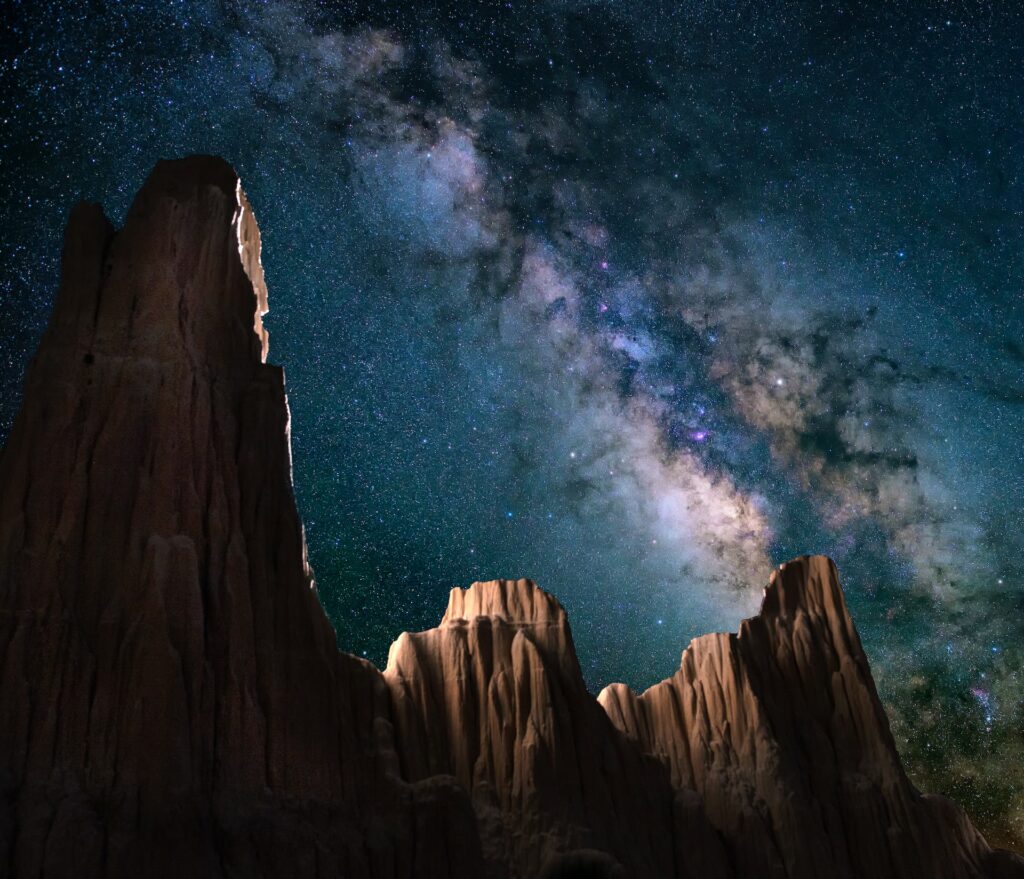
This photography genre includes photographing the moon, the stars, the Milky Way Galaxy, the distant galaxies, the nebulae, star clusters, and other celestial events like meteor showers, etc. Capturing deep space objects requires specific equipment, and while some of the brightest can be captured with a DSLR or a mirrorless camera, capturing other objects require a telescope and an astro-imaging camera.
The most common subjects are the moon, the stars, and the Milky Way. People in the Northern and Southern Latitudes also photograph the Aurora. Here are some cameras that we think are the best for this type of photography:
Nikon D780
This is a full-frame camera with a 24.5 Megapixels sensor and an iso range of 100 to 51,200. Here are some of its best features:
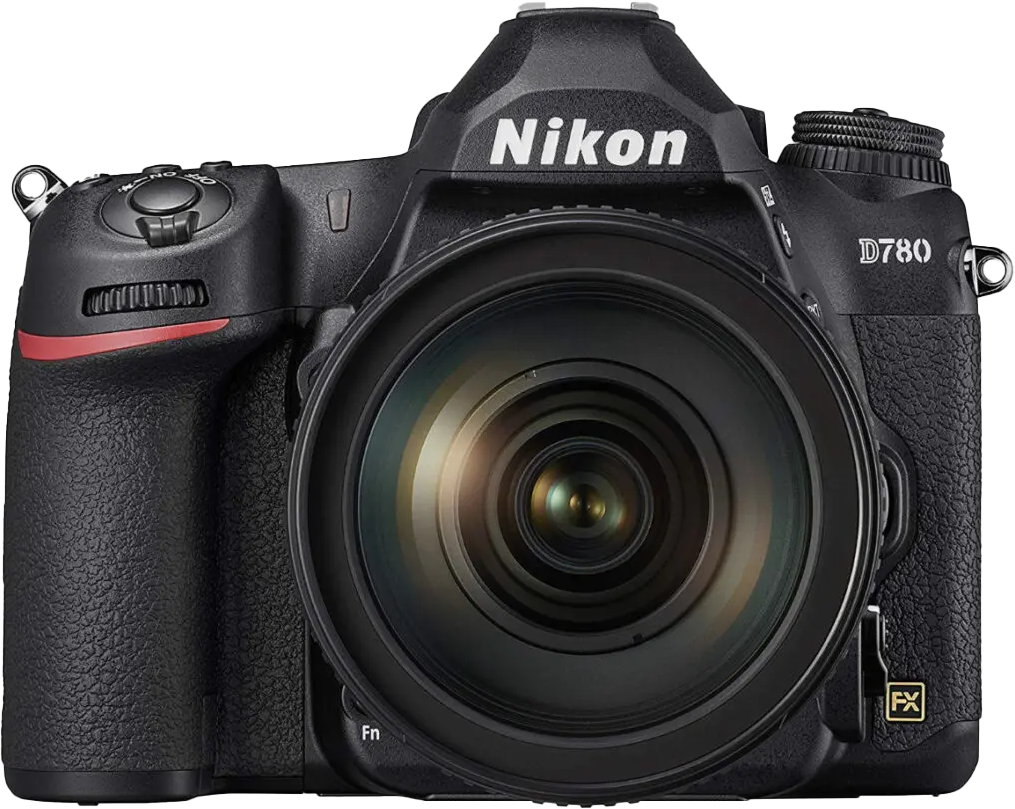
- It has a tilting touchscreen and amazing low-light performance. This will allow to compose unique angles and capture noise free night sky photos.
- It has a time-lapse mode which is not a common feature in most cameras. So this will be a beneficial feature is you are interesting in capturing time-lapse photography.
- The body of the camera is weather sealed and this will be an added advantage when shooting in extreme weather conditions.
- DSLRs usually have excellent battery performance, and this camera allows about 2,260 shots per charge. As we know, battery life depends on how we use the camera – for example, using live view will drain the battery faster compared to only using the viewfinder. There are other camera features that drain battery charge, including extreme or sudden change in environmental temperatures.
Canon EOS R6
This full-frame mirrorless camera comes with a 20-megapixel resolution sensor and has excellent low-light performance. Here are some of its key features:
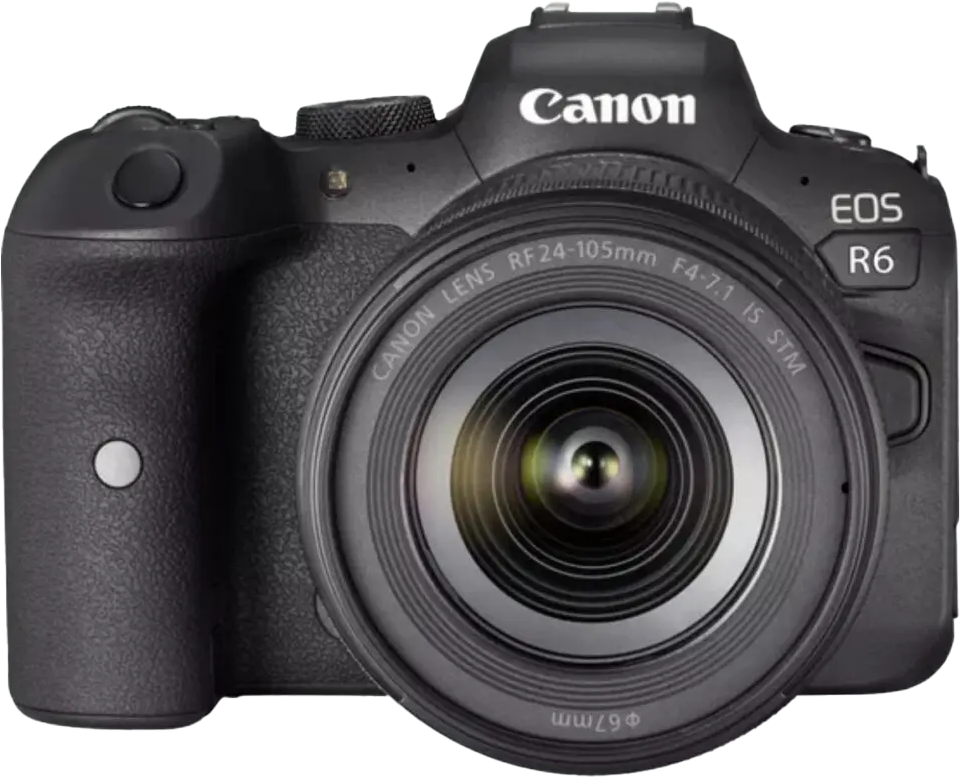
- The camera has a vari-angle touchscreen LCD that can be tilted to the desired angle when shooting unusual angles and perspectives. This can be an advantage if you are also shooting looking straight up in the sky, for example at times when the core of the Milky Way is high up in the sky or there are other deep space objects up in the sky.
- There is a magnification feature to zoom into the subject being photographed. This can be a helpful in night sky photography when you are looking for specific stars, clusters, nebulae, etc., and you wish to see them clearly in the frame.
- It has a good iso range of 100 to 102,400, making it a perfect device for low-light photography.
- The battery life is not so good and is only between 380 to 510 shots depending on environmental, other conditions and the features you use.
There was a dedicated astrophotography camera, the Canon EOS RA, a full frame 30.3 megapixels mirrorless camera with a modified infrared filter for astrophotography which has been discontinued now.
Sony A7 III
This is a full-frame mirrorless camera with very good low-light performance and comes with a 24.2 megapixels sensor. Some of the camera’s best features are:
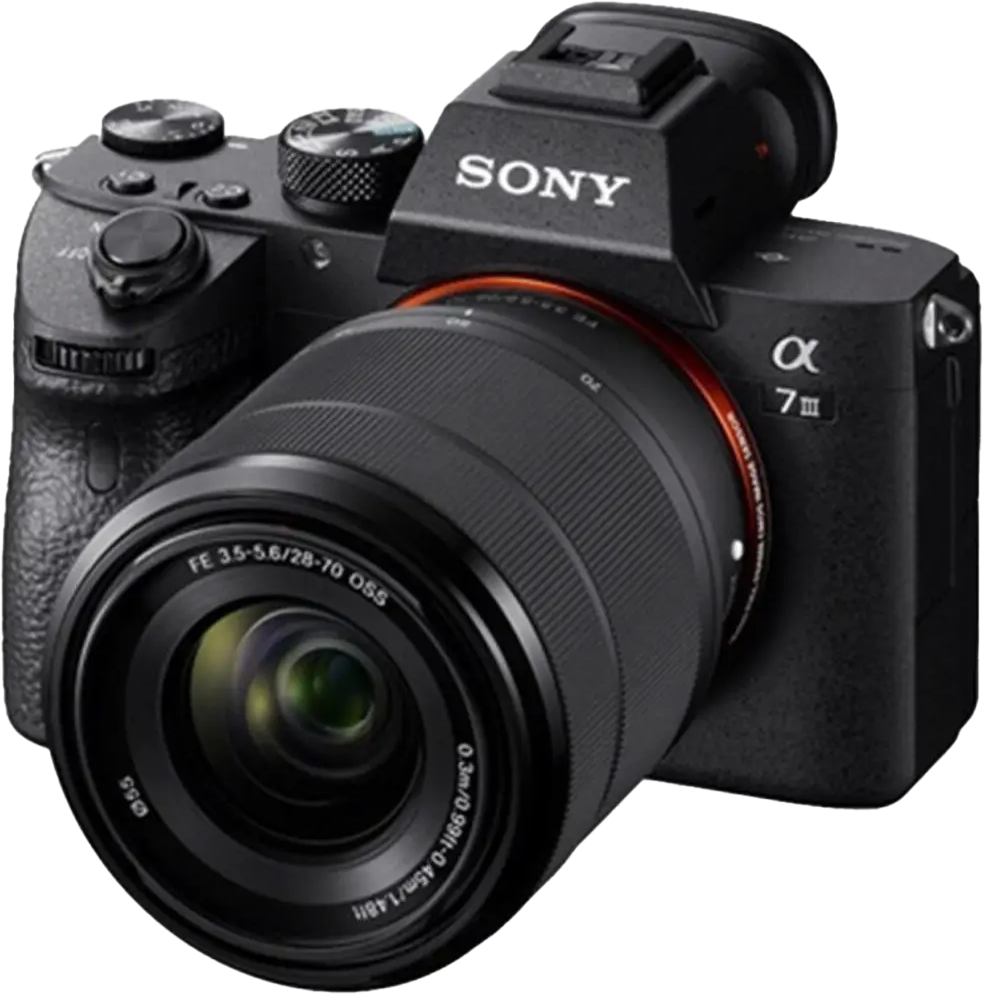
- The high resolution sensor, along with the high-speed processor in this camera, helps with faster processing times and good dynamic range at low iso values. This can be very helpful when capturing long exposure and low light images.
- It has an iso range from 50 to 51,200, which is a very low starting value of 50 going up till 51,200. This can be great for very low light situations and the low iso can be great for very bright light conditions when you shoot during the day.
- The variable angle LCD screen comes with a focus magnifier that will help when you are looking for specific objects in the night sky.
- The battery life on this camera is slightly better which is about 710 photos per charge. It supports charging through a USB port using a power bank and will be helpful to charge on the go without the need for the charging dock.
Nikon Z6 II
This is another great full-frame mirrorless camera that comes with a dual processor and 24.5 megapixels sensor. Here are some of its key features:
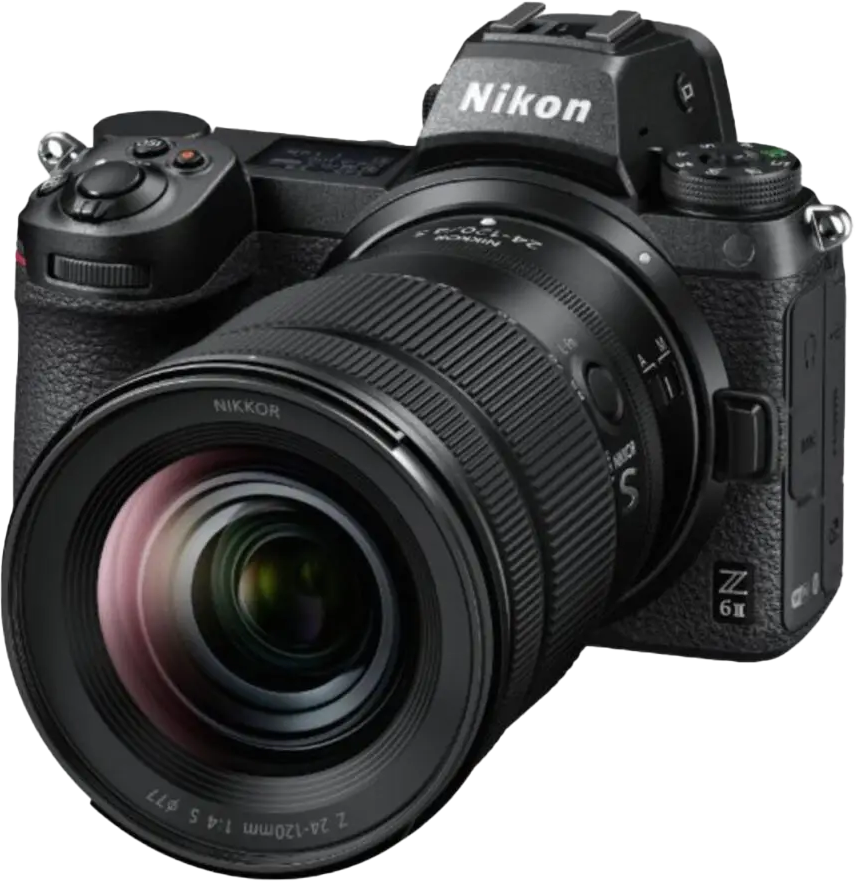
- This camera is great for many types of photography including the night sky and has an amazing low-light performance.
- The iso range is between 100 and 51200, and the images are clean without evident noise even when shot at high iso values.
- The camera has a low-light autofocus feature which can be useful at times when you wish to shoot other genres in low-light situations. For night sky, it is always recommended to use manual focus for sharp results.
- It has a tilting LCD touchscreen
- The camera body has good weather sealing.
- The battery life is between 340 to 450 shots, depending on the functions used in the camera and having a few spare batteries is a must for longer photography sessions.
Fujifilm X-T5
This is a 1.5x crop sensor mirrorless camera with a high resolution 40.2 megapixels sensor and some of its key features are:
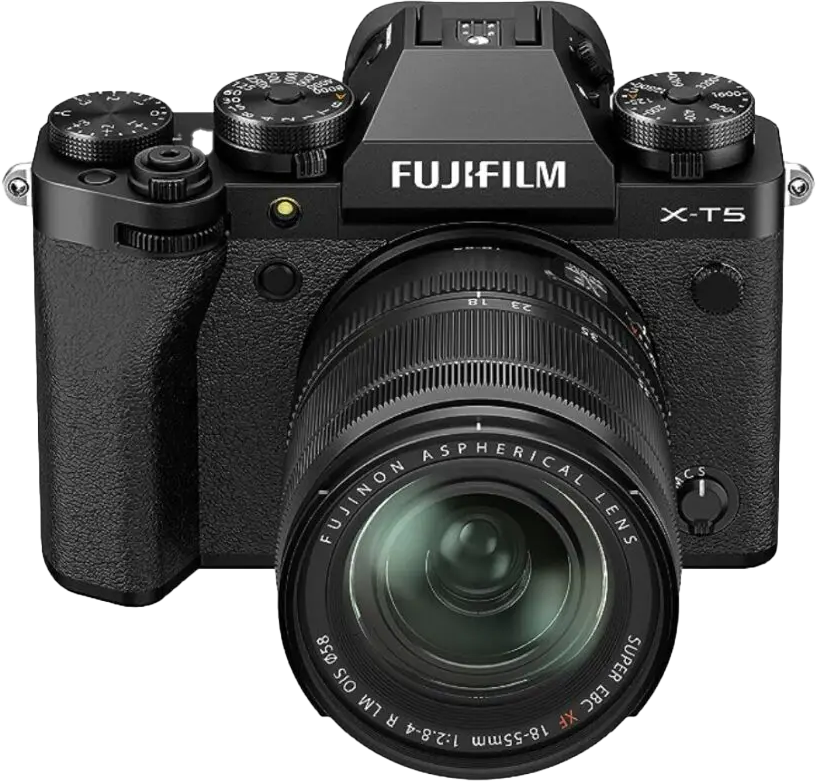
- The iso sensitivity is between 125 to 12800, and this is an excellent camera for night sky or astrophotography.
- The sensor can capture high quality images with awesome details even at high iso.
- The dials in this camera are easy to adjust the iso and shutter speed without any hassle once you get used to it.
- The three-way tilting LCD screen is more convenient to use from any angle and perspective.
- The battery can allow approximately 740 shots per charge.
Olympus OM-D E-M10 Mark IV
This is a highly portable camera with a 20.3 megapixels micro four-thirds sensor. Here are some of its features:
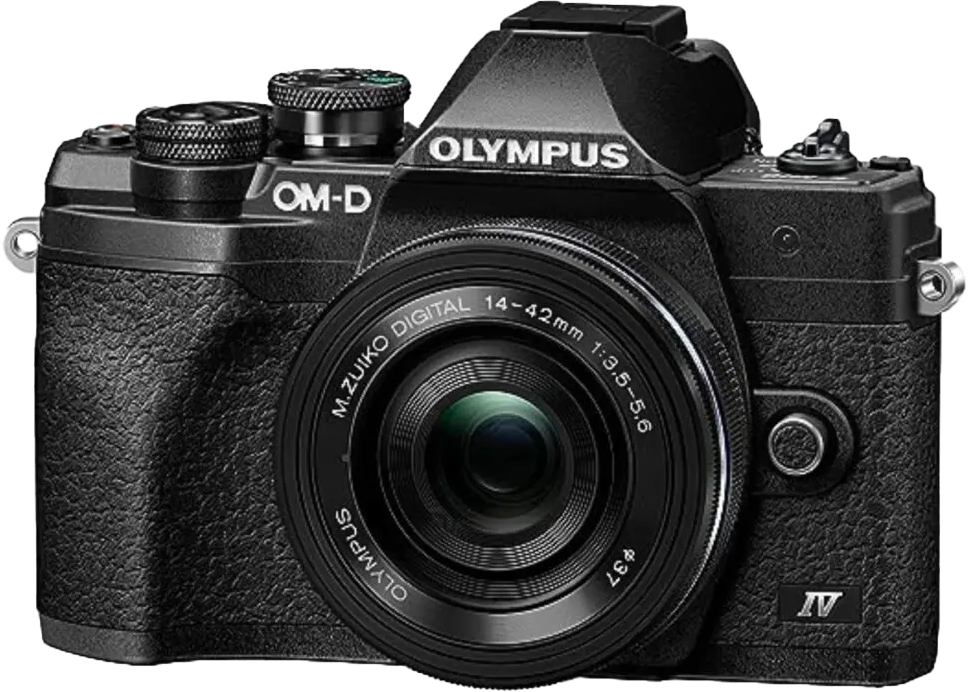
- The iso range is between 200 to 25600 and this makes it a great camera to work under a variety of lighting conditions.
- The tilting LCD screen helps to photograph with a variety of angles.
- The battery life is only about 360 shots per charge but the in-camera battery charging via USB is an advantage to charge on the go.
Here are some features that you need to focus on when buying a camera that will be great for astrophotography.
1. ISO Performance
Astrophotography is done in very low lighting conditions, and you are gathering light from objects that are hundreds of thousands of miles or hundreds and thousands of light-years from Earth. So you will be exposing for longer periods of time, and there are a lot of factors that will contribute to noise during this lengthened exposure time – high iso, thermal noise, long exposure, etc.
In order to overcome this, you will need to choose a camera that will handle these factors effectively and produce outstanding images. While even beginner crop sensor cameras can be used to capture space images, the resulting image quality may be poor and won’t be of use if you wish to print or sell them. So choose a camera that has a good sensor that can handle these factors without compromising on image quality. A good high iso performance camera will be ideal!
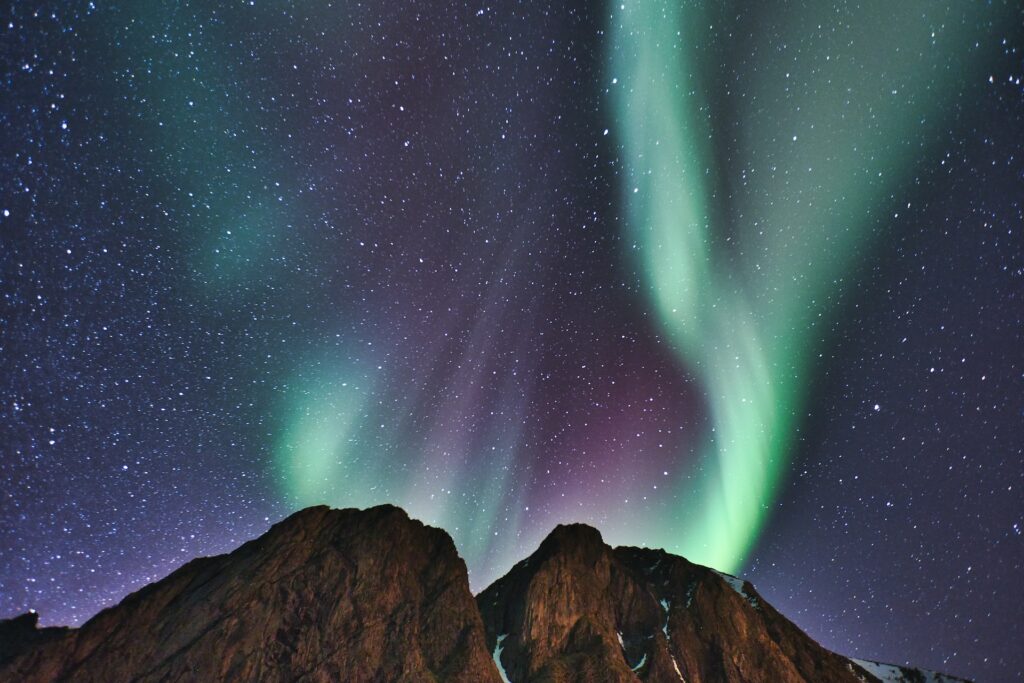
2. Sensor Size
A full-frame sensor is the best option, as they are very good in handling tricky lighting situations, but the APS-C sensor and micro-four third cameras from Fujifilm, Nikon, and Olympus come with sensors that perform well in low light. A larger sensor can capture more light which means better quality images with a good dynamic range; hence a full-frame sensor is the best if one can afford it.
Based on your budget, you can go for either a full frame or a crop sensor camera, as they can produce excellent results. Remember that you will need to buy lenses keeping this in mind, as the effective focal length will vary for the lens when used on a crop sensor camera.
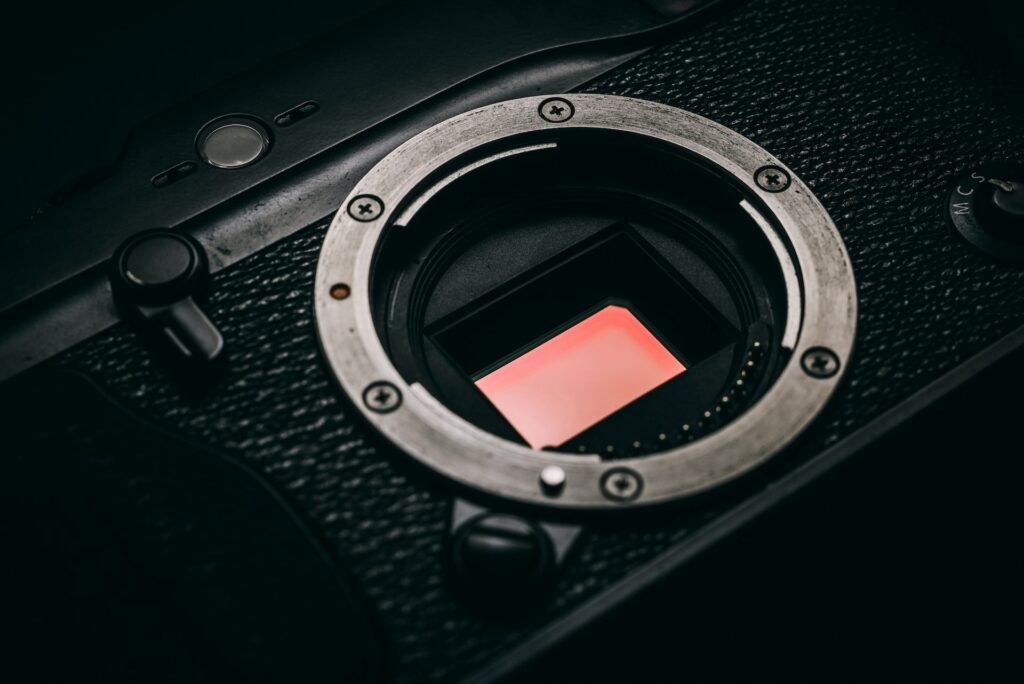
3. Articulated LCD
It is easier when you work with a live view, and you are able to see and compose on the LCD screen. Depending on what you photograph, you may need to tilt your camera to weird angles to get the subject in the right place in the frame or to get the frame you are looking for. It can be difficult to look at the LCD screen if your camera is pointing up or at other unusual/unique angles.
In order to make this easy and convenient, it is good to have an LCD screen that is fully articulated or at least a tilting one, if fully articulated is not possible. This will help with flexibility in focusing and composing the image before capturing it. Also, changing settings in the menu if needed during the shooting process will be much easier if you have an articulating screen.
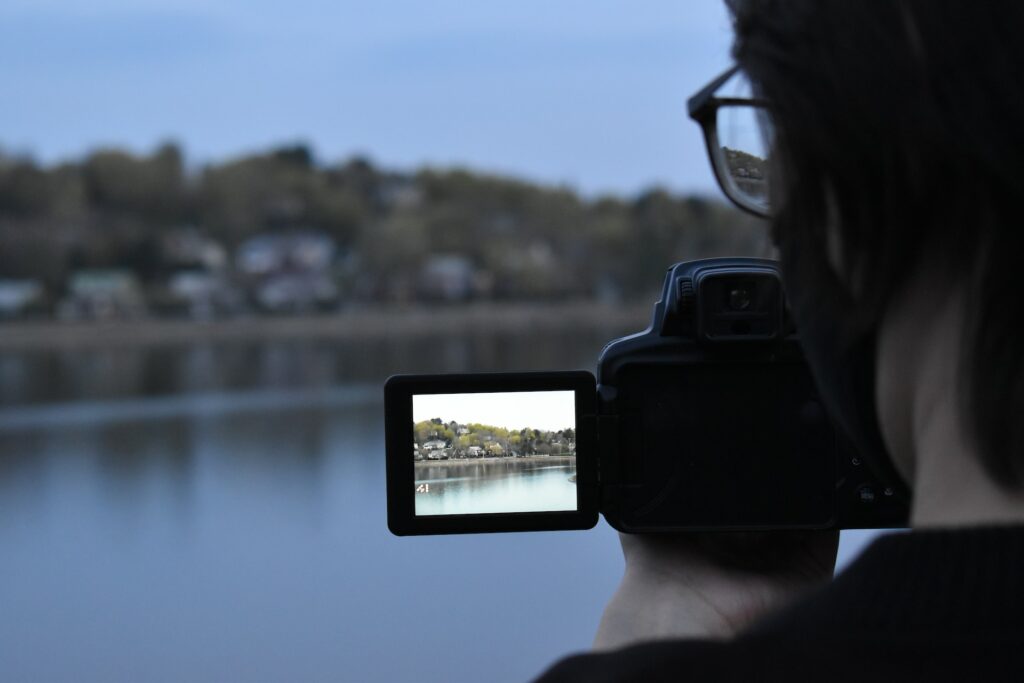
4. Good Battery Life
Most of the night sky photography sessions take a long time because you are aiming at objects very far away from you and most of the time it includes capturing many number of images. Some types of night sky photography like star trails, time-lapse photography, capturing celestial events like a meteor shower, capturing images for stacking, etc., will take hours in the field.
You have the option to have spare batteries, but sometimes it may not be practical depending on what you shoot – for example, when you are in the middle of a time-lapse or capturing a stacking sequence. So if you can afford, go for a camera with a good battery life.
Extreme weathers like too much heat or cold, rainy days, etc., can also have an impact on battery life, so you need to keep this in mind and always have one or more spare batteries in your bag. It also helps to wrap the camera with cooling material when hot and warming material when cold.
5. Image Quality
Image quality depends on factors like sensor performance, size of the sensor, lens used, resolution, light in the scene and so on. Astrophotography is done in the lowest light conditions and exposing the sensor for longer periods of time will heat the sensor leading to grains or noise. When these images are printed, it will show very badly on large prints.
In order to get good output image quality from the camera, it needs to perform well in low light. Larger sensors perform better compared to smaller ones, but recent crop sensor models are great at producing excellent night images.
For good image quality, you do not need a very high-resolution sensor but the sensor should be able to produce good images in low-light conditions or at high iso values, and longer exposure times. Any resolution over 12 megapixels is great for astrophotography and this is great for printing smaller images. For larger prints, you need a sensor of at least 24 megapixels.
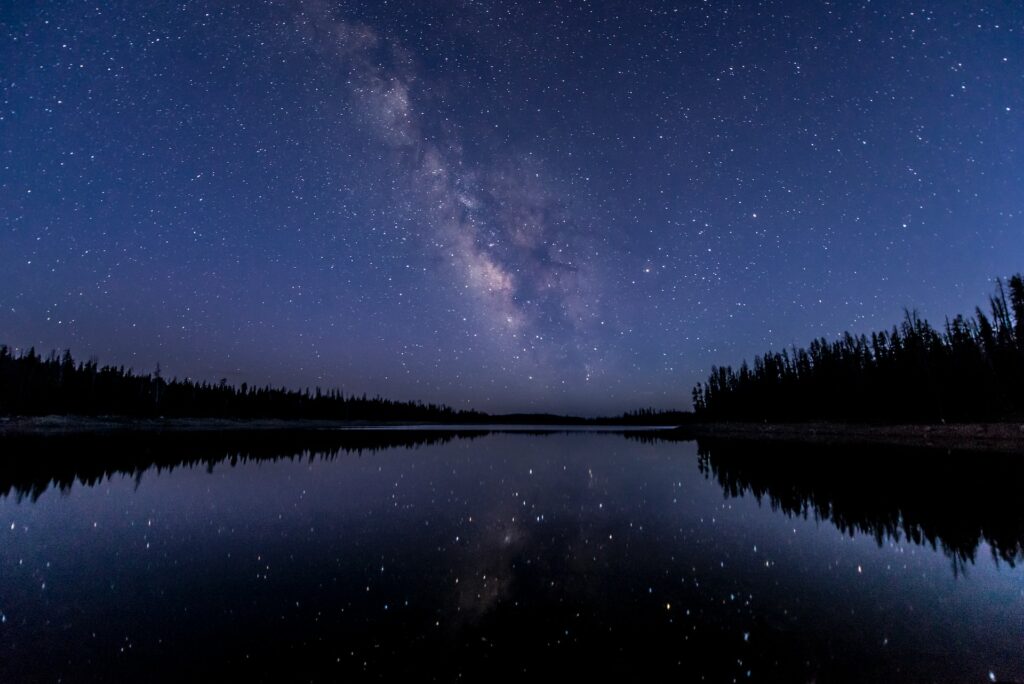
We cannot say that the above cameras are the best for night sky photography because there is no “best camera” for astrophotography. It all really depends on your needs, skills, and budget and most recent cameras are capable of capturing stunning night shots. Whatever camera you are looking to buy, check their features to see if they suit your requirements and choose one based on your needs, interests, and budget.
What are your experiences with night sky photography? Do you recommend a particular camera? If so, why? Please share with us in the comments section below.

